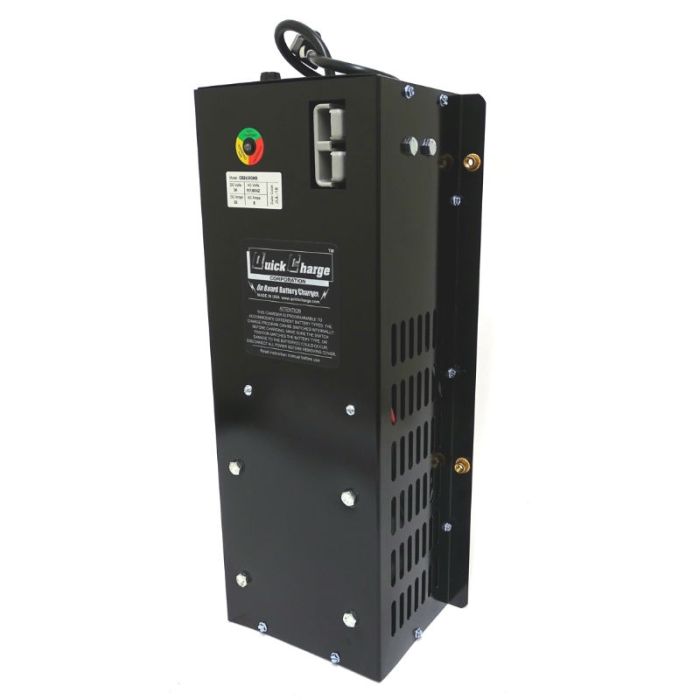In recent years, the popularity of electric vehicles is increasing, and we see more and more green cars and on board charger, as one of the basic supporting facilities for electric vehicles, are developing rapidly and gradually coming into the public eye. Charging has also become a daily need for electric car owners. So, what are the knowledge points about electric car charger that owners need to get?
1. What are the charging methods of electric cars?
There are currently five charging methods for electric vehicles, namely slow charging, fast charging, battery swapping, wireless charging and mobile charging. Most electric vehicles on the market support slow charging and fast charging, and are equipped with slow charging and fast charging interfaces. Other charging methods are not yet widely used.
Slow charging: also known as regular charging and car charging, for car chargers and home wall-mounted charging piles. Charging current and power are relatively small, and charging time generally takes 6 to 8 hours. Fast charging: Also known as ground charging and emergency charging, it includes two forms of charging stations and mobile auxiliary trams. High-current charging of the battery directly through a non-vehicle charger can charge the battery to about 80% in a short period of time, and can generally be fully charged in one hour. Power exchange: Charging the car battery by replacing the power battery. That is, when the power battery is depleted, replace the battery pack with a fully charged battery and send the replaced battery to the power station for slow charging.
Wireless charging: Without using wires and cables, the wireless charging panels embedded in roads and parking spaces are automatically connected to the power grid for charging and discharging. This charging method is easy to use and safe but is not in mass production use for the time being. Mobile charging: Mobile charging (MAC) is an extension of wireless charging. Electric vehicle owners don't need to find a charging station, they take the time to charge, and they can charge while cruising down the road. The mobile charging system will be buried under a section of the road, leaving no extra space to draw a charging section.

2. Will fast charging consume the battery? To be precise, frequent fast charging as opposed to slow charging can cause some damage to the battery. Because fast charging uses current several times or even a dozen times higher than the standard charging current. In fast charging mode, when the power is charged to about 80%, the subsequent power will be filled in the form of slow charging. If you use fast charging frequently, it will accelerate the polarization of the battery core, resulting in the precipitation of lithium from the battery core. In the process of lithium precipitation, lithium ions will be reduced, ultimately leading to lower battery capacity, which in turn affects battery life. However, except for lithium iron phosphate batteries, fast charging, if the battery is allowed to rest briefly, lithium metal will change back to lithium ions, the critical temperature back to normal. But frequent fast charging will reduce the battery's ability to restore. In order to ensure that the electric car can better solve the range, owners can choose "daily slow charging and emergency fast charging" or slow charging once a week to supplement.
3. What's wrong with charging an electric car? The EV charging process is divided into six steps: physical connection, low-voltage auxiliary power-up, charging handshake, charging parameters configuration, charging, and end of charging. The first condition to be met when charging an electric car with a charging post is the matching of the charging gun and the charging interface, that is, the physical connection. If the charging gun can be inserted into the vehicle normally, the foundation of charging is established. Low voltage auxiliary charging is the process of powering up the vehicle BMS. Only when the BMS is powered up, it can further communicate with the charging pile by shaking hands, that is, confirming the version with each other. If the versions are the same, the BMS will send detailed vehicle information and exchange information with the charging port. During the process of car charging, both will generate a large number of messages. If there is a mismatch, normal charging cannot be completed. Usually, in case of charging failure or charging interruption, the charging port will display charging failure reason codes. The meaning of these codes can be found online, but finding the codes is a waste of time. It is recommended to call the charging post customer service or ask the charging station staff the meaning of the failure

As for the EV itself, the on-board power battery is designed to be waterproof and the charging port is designed with an insulating seal. Therefore, it is possible to charge the electric vehicle on rainy days, but during the charging operation, use umbrellas and other items for protection, ensure that the charging port and charging gun are in a dry state, and keep your hands dry when plugging and unplugging the charging gun and closing the vehicle charging cover. In case of thunderstorms or typhoons and other bad weather, try not to choose outdoor charging, and take personal safety as a priority.
Next:6pcs 6kw TC charger shipped to Switzerland
Previous:Smart charging solution for AGV unmanned forklift
Contact Person: Miss. Kiki
| WhatsApp : | +8617763224709 |
|---|---|
| Skype : | +8617763224709 |
| WeChat : | +8617763224709 |
| Email : | kiki@lifepo4-battery.com |